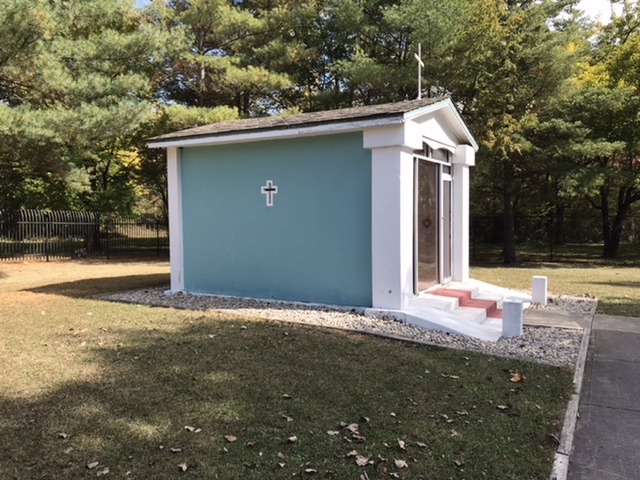Your World War II History Lesson
By Four Walls
@FourWalls (78500)
United States
October 9, 2020 8:47pm CST
Today’s stop was devoted not so much to the beauty of the foliage (although there was plenty of that!) as American history. I took a trip to Camp Atterbury, which is located near Edinburgh, Indiana, about 30 miles south of Indianapolis.
Here’s your World War II history lesson, a thing you might not know. This camp, currently used for joint maneuvers and a National Guard training facility, was originally built in 1942, NOT for U.S. troops. It was one of over 600 camps built in the United States to house German and Italian prisoners of war.
When the tide started turning against the axis powers, the ability to keep POWs became problematic. Allied powers looked to the United States, fighting the war but not on their own “home turf,” to help ease the burden on European countries.
As a result, the POW camps sprang up all over the U.S. The regulations for placement of these camps were strict: they had to be in rural areas (so there was no prison camp two blocks from Grand Central Station in New York City), and they had to be in compliance with the Geneva Convention.
Now, if you’ve read much WW2 history you know that a lot of axis powers weren’t interested in keeping the Geneva Convention. Even some of our “allies” weren’t all that interested in it (particularly the Soviet Union, who had some soldiers with the mission to not only defeat the Nazis but to inflict as much pain as humanly possible on any and all Germans). But we were the “good guys,” so we made sure there was humane treatment of the prisoners.
How humane? Videos on You Tube showing reunions of former POWs and guards at the sites of some of the prison camps indicate that the Germans, in particular, weren’t the least bit interested in being repatriated to Germany after the war (based on fear of either former Nazis or the Soviets who controlled part of Germany). To a man, they said they were treated better as prisoners of war than they were as soldiers in their own army!
Indeed, there were very few escapes from any of the camps during the three years they were in business in the U.S. As I said, many Germans didn’t want to go home to a destroyed homeland where the Soviets were dishing out revenge and die-hard Nazis may be lying in wait. They became American citizens!
The prisoners were used as labor (but not forced labor the way the American prisoners were used in building the Burma Railway [dramatized in the classic film The Bridge on the River Kwai]) on nearby farms, which was a win/win situation, given that many men were away fighting the war and the POWs were paid for their work. While at the camp, the prisoners were allowed to take classes in “basics” like mathematics, English, literature, and science.
As you can see by the photo, the prisoners were also allowed to express themselves artistically and religiously. Italian POWs built the chapel, one of the few buildings remaining from the days of Camp Atterbury’s early history as a prison camp (in fact, I only saw two buildings that may have dated to the 1940s) so they would have a place to worship.
There’s more to the story of German and Italian POWs on American soil, which I hope to discover on future trips.
3 people like this
3 responses
@LindaOHio (200013)
• United States
10 Oct 20
Thank you for the history lesson. I'm surprised that the POWs were paid for their work!
1 person likes this
@FourWalls (78500)
• United States
10 Oct 20
Article 62 of the Geneva Convention mandates that prisoners had to be paid.
1 person likes this
@LindaOHio (200013)
• United States
10 Oct 20
@FourWalls Thanks. I didn't know that.
1 person likes this
@RasmaSandra (88661)
• Daytona Beach, Florida
10 Oct 20
That is very interesting and I know that soldiers taken as prisoners had a very hard time and sometimes did not even survive, I am sure there are many tortured poor souls still around there,
1 person likes this








